FREAKY LOOKING ANIMALS
Added on: 7th Jan 2016
SAIGA ANTELOPE
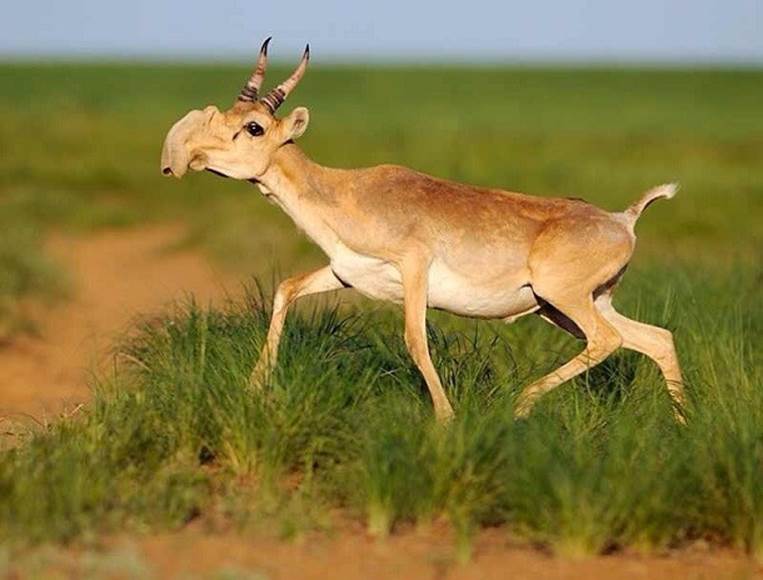
Starting off our list of the strangest looking animals in the world
is the critically endangered saiga antelope. Making its home in the
Eurasian steppes, the saiga antelope has an extremely strange,
over-sized nose called a proboscis. Its strange nose serves two
valuable purposes: in winter, it heats up freezing air before it
reaches the animal’s lungs; in summer, it filters dust and helps
cool the saiga’s blood. That’s one strange looking animal!
GHARIAL
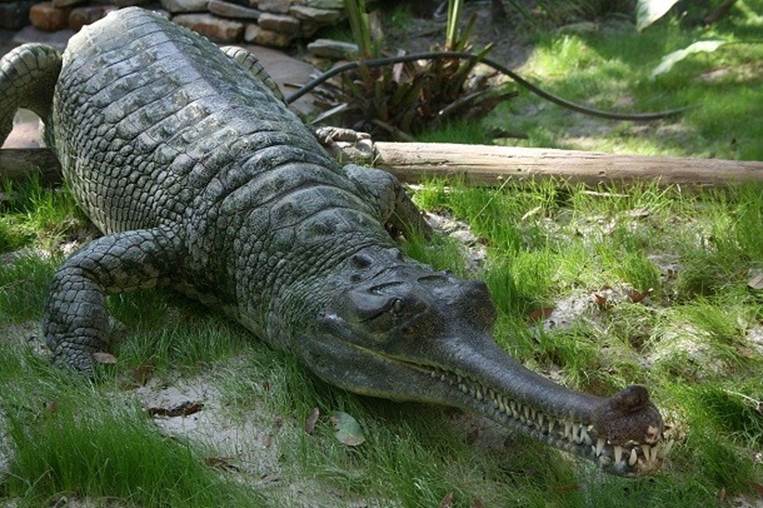
The gharial used to dominate rivers of the Indian subcontinent but
has been reduced to only 235 creatures left in the wild due to
human impact. A crocodilian, the gharial has a unique, narrow
snout with 110 sharp teeth which it uses to easily catch fish: its main
prey. Unfortunately, this once-powerful and strange creature
is rapidly nearing extinction.
HAIRY FROGFISH
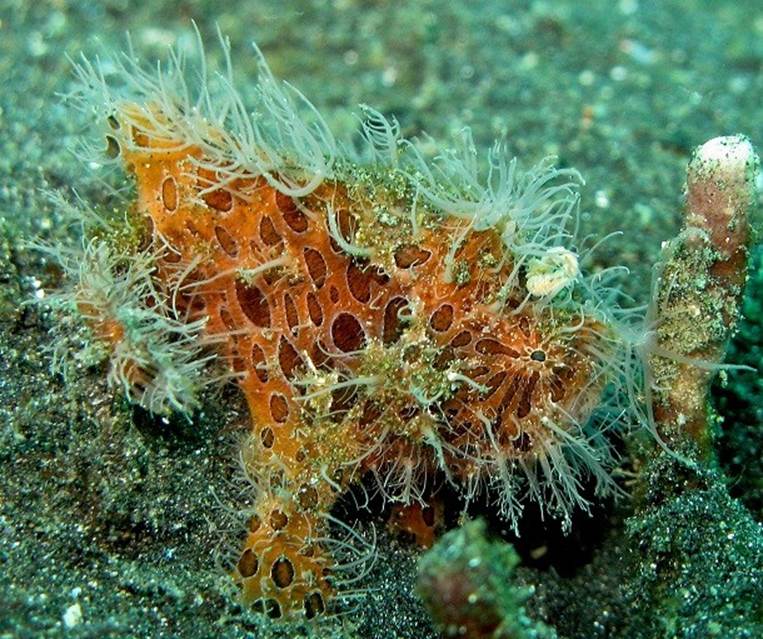
Formally known as the striated frogfish, the hairy frogfish is one
unusual creature. The strands along its body aren’t actual hairs but
spinules (a small thorn or spine). Like the angler fish, the hairy
frogfish has an ilium which it uses as a fishing rod to attract prey.
MONKFISH

Also known as “frog fish” and “sea devils”, the monkfish is a
seriously strange looking creature. With a head making up
most of its body, the monkfish also has a mouth which extends
most of the way across its head. Within its mouth are teeth which
it can depress if it wants to swallow prey whole. Despite its
strange appearance, you’re likely to see monkfish at your
local fishmonger as it is a commonly fished animal.
PYURA CHILENSIS

Pyura chilensis is a relatively common food item in Chile. A filter
feeder, pyura chilensis looks like a rock and is often mistaken for one.
Its meat has been described as having a “slightly bitter,
soapy taste”. Yum.
PELAGOTHURIIDAE

If sea cucumbers weren’t strange enough, the family pelagothuriidae
is an especially strange one. Pelagothuriidae uses its tentacles
(top right of the picture) to scoop up mud from the seafloor
which it then digests. These deep-sea inhabitants have webbed
apparatus in their front and back which allows them to travel
rather quickly.
SCOTOPLANES
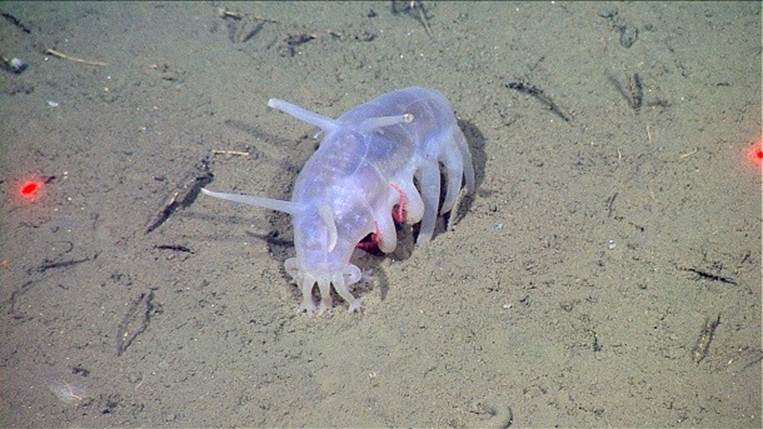
A sea cucumber commonly known as the sea pig is the
Scotoplanes. Large tubes on the Scotoplanes look like feet and can
be inflated and deflated. Living on the ocean floor, this strange animal
can occasionally serve as shelter for other animals such as
the king crab in the photo.
SURINAME TOAD
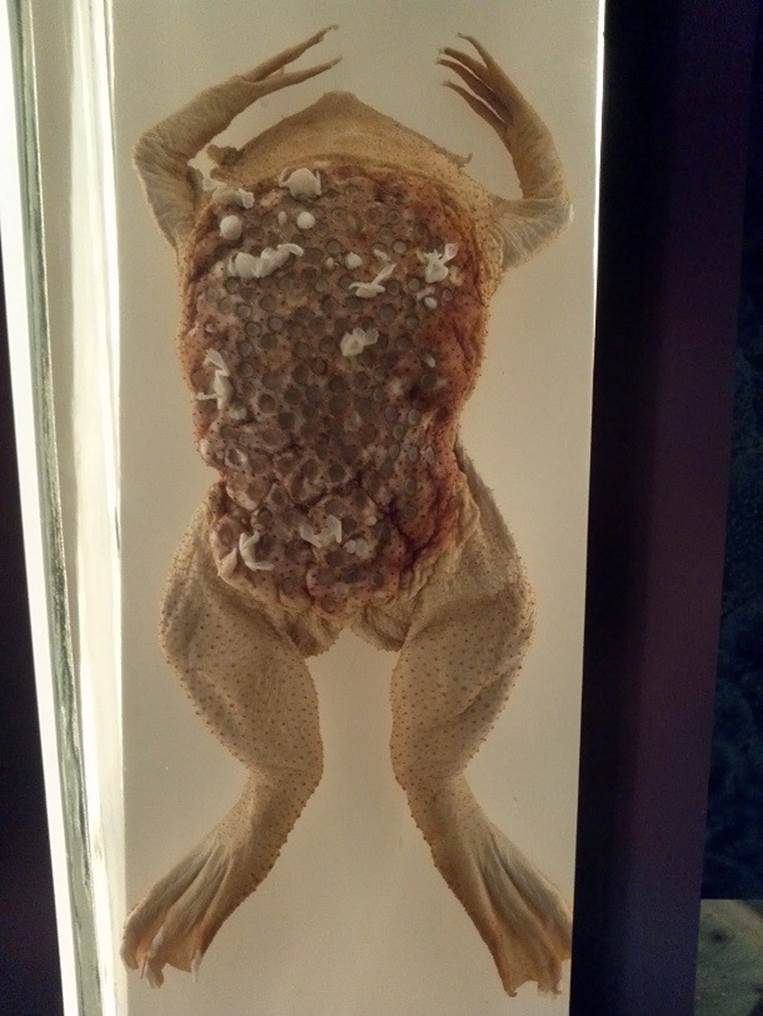
The picture above may be a bit unclear, but it’s the Surinam toad’s
babies hatching from patches on its back. Almost completely flat,
the Surinam toad is one of the strangest creatures on the planet.
To protect its offspring, it shelters their eggs in its back under a flap
of skin and incubates them for four months. After the gestation
period, the toad lets poke out through her back and swim off.
She sheds the layer of skin soon after.
WATER DEER

The water deer is native to China and Korea, living especially
well in the demilitarized zone between the Koreas in protected
habitat. This strange beast has massive upper canines, up to
3.2 inches (8cm), which are used in territorial disputes and
defence rather than eating. Because of these teeth, the
water deer has earned the nickname “vampire deer”.

Comment on this